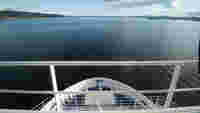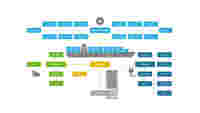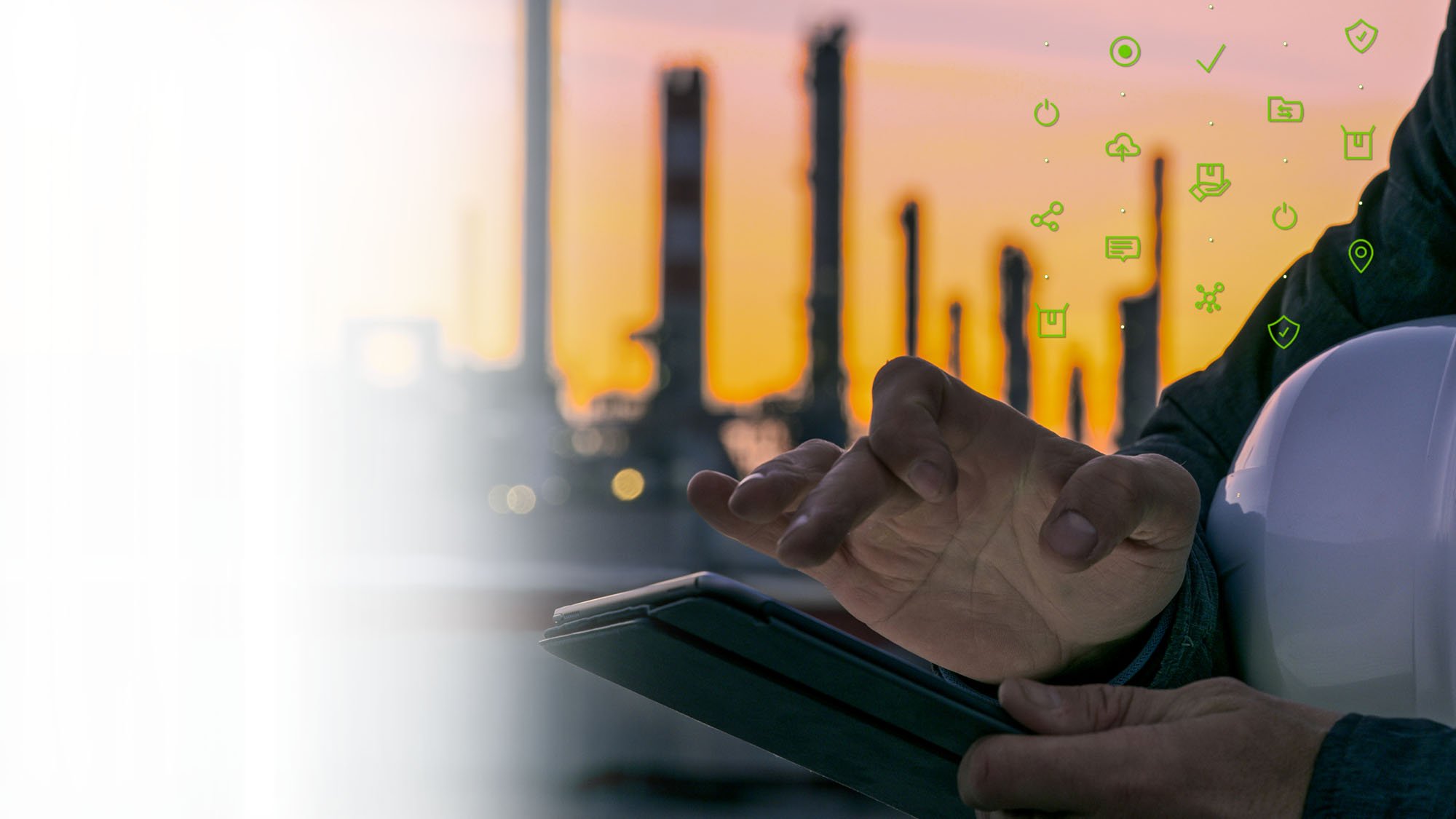Big Data for Big Ships

Under Maritime 4.0, big data will check in on large ships within commercial shipping.
While Industry 4.0 continues to adopt specific forms for process automation, the first cyber-physical systems and cloud-based network structures, which will ultimately optimize maritime operations, still have a long way to go before they are ready for sea travel. It is primarily German maritime equipment suppliers that are convinced Maritime 4.0 will enable them to achieve enormous gains in commercial shipping efficiency. Is this merely a rosy outlook on the part of German industry? After all, they lead the global list of suppliers according to VDMA statistics. What does big data actually offer the maritime sector, and what new challenges are linked to these massive data sets?
Automation Takes Hold in Shipping:
- Energy-efficient operation by linking sub-systems
- Reading ship data and control intervention thanks to remote access from shore
- Cost Reductions due to Unmanned Shipping
- Evaluation of weather data and adjusting route to save fuel
- The advantages of cost reduction, environmental protection and increased efficiency are countered by a high risk of data abuse and cybercriminality.









